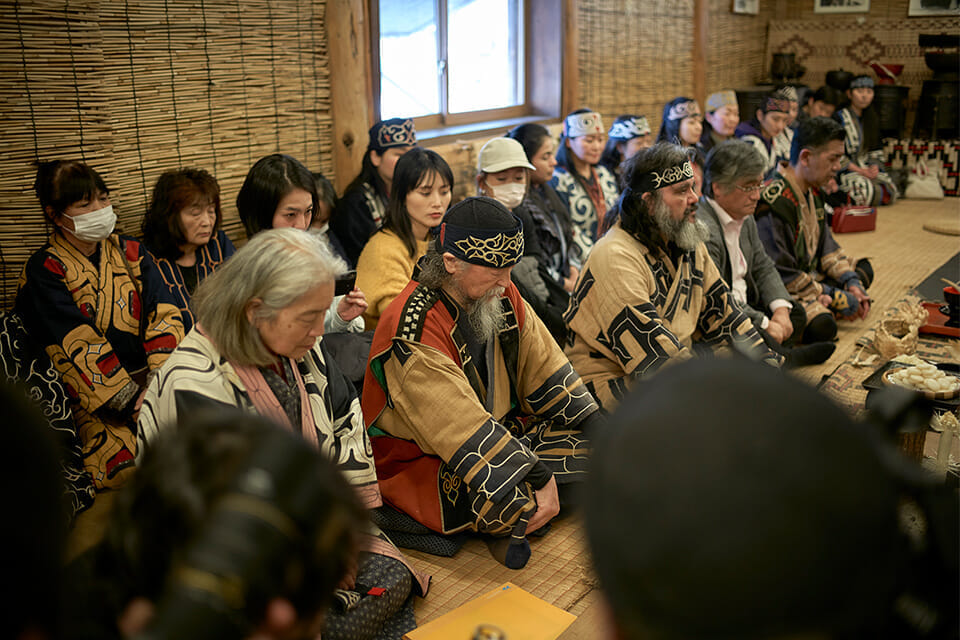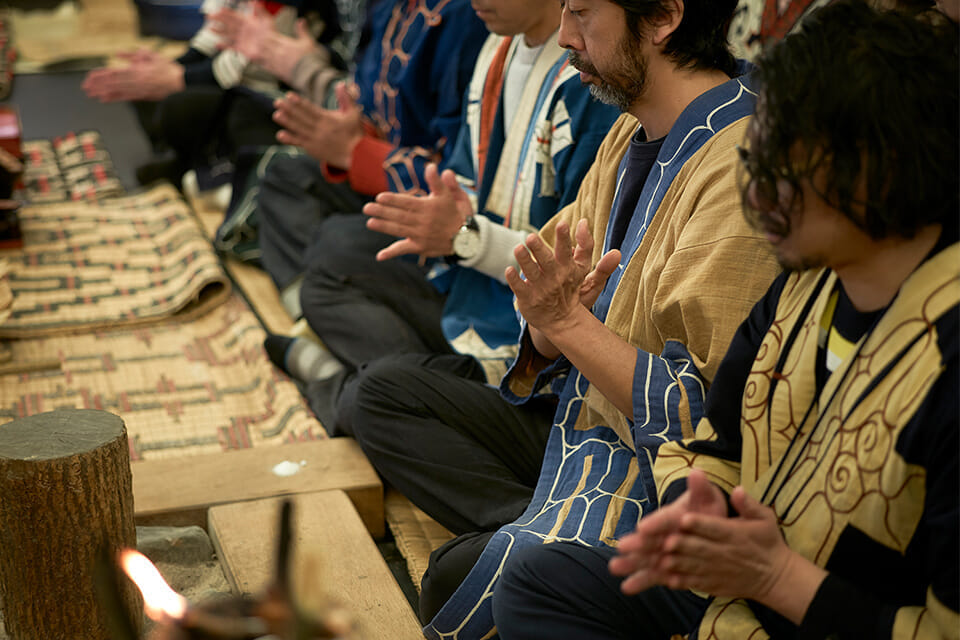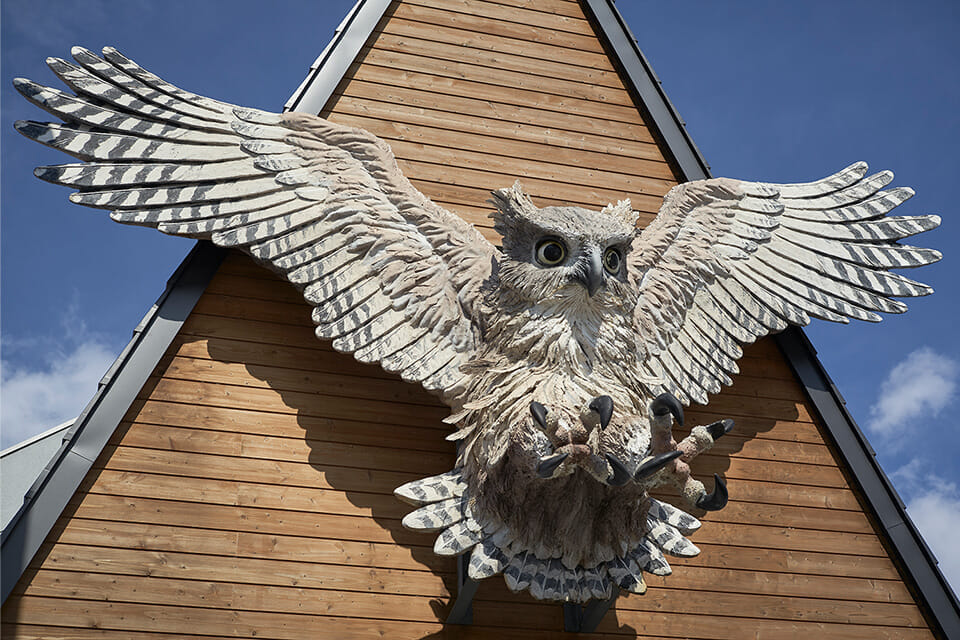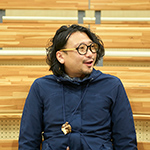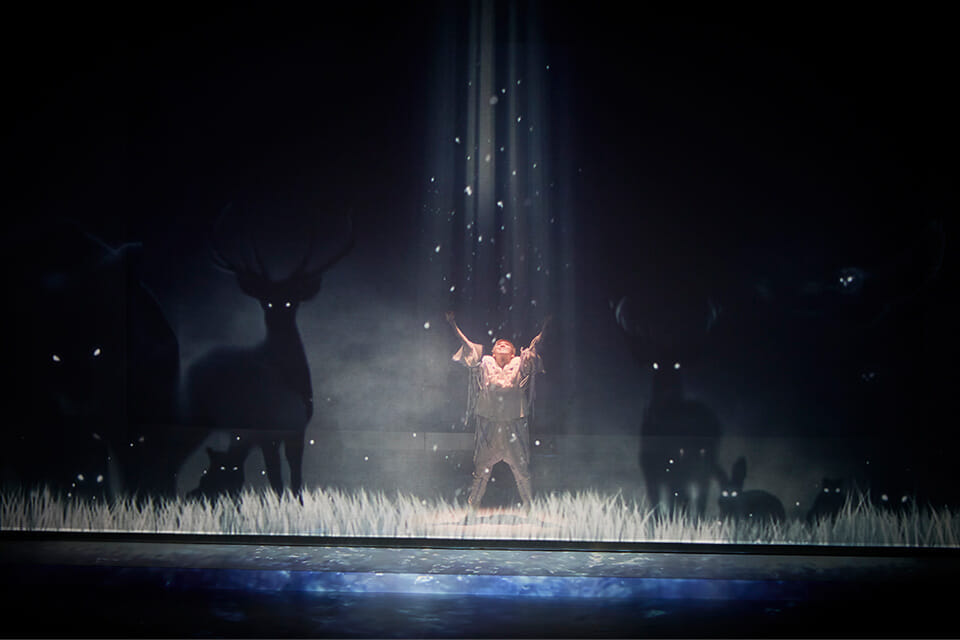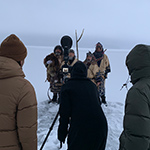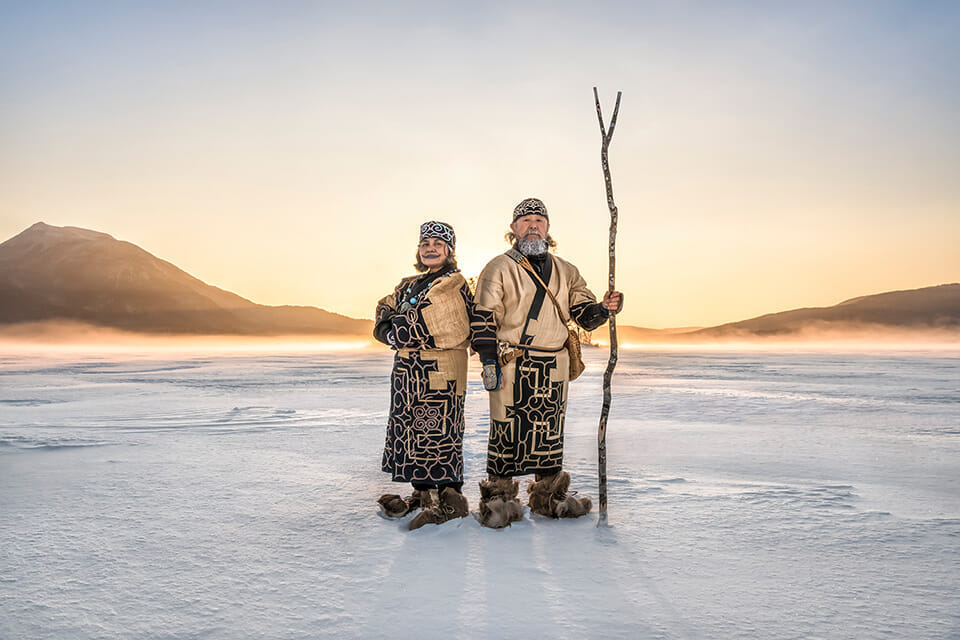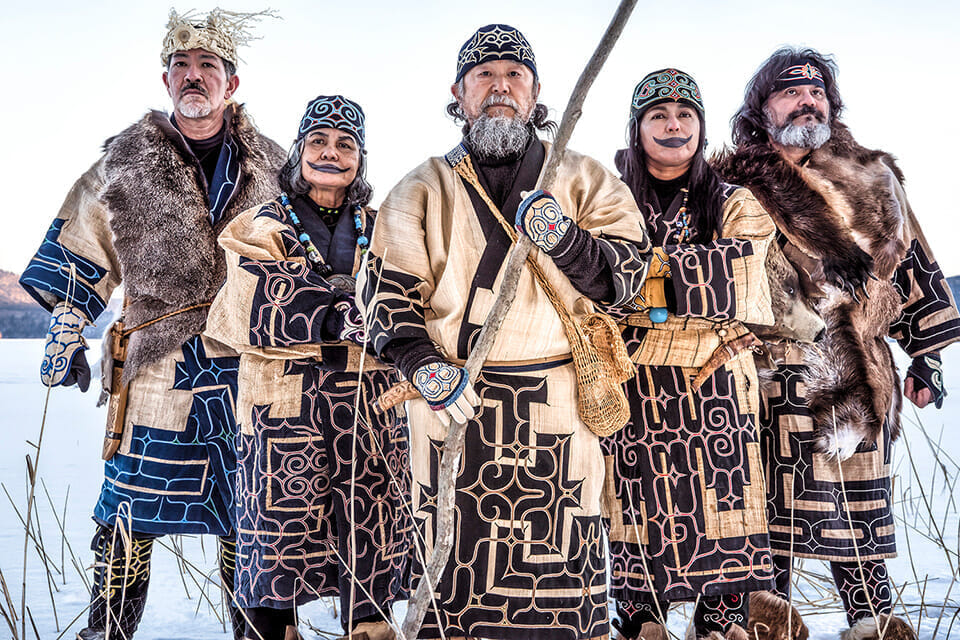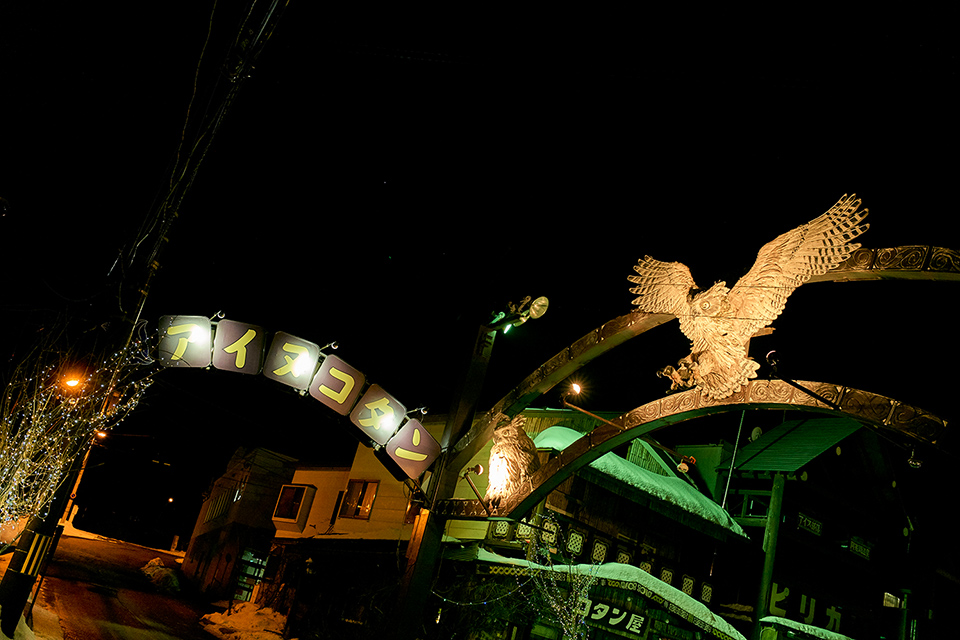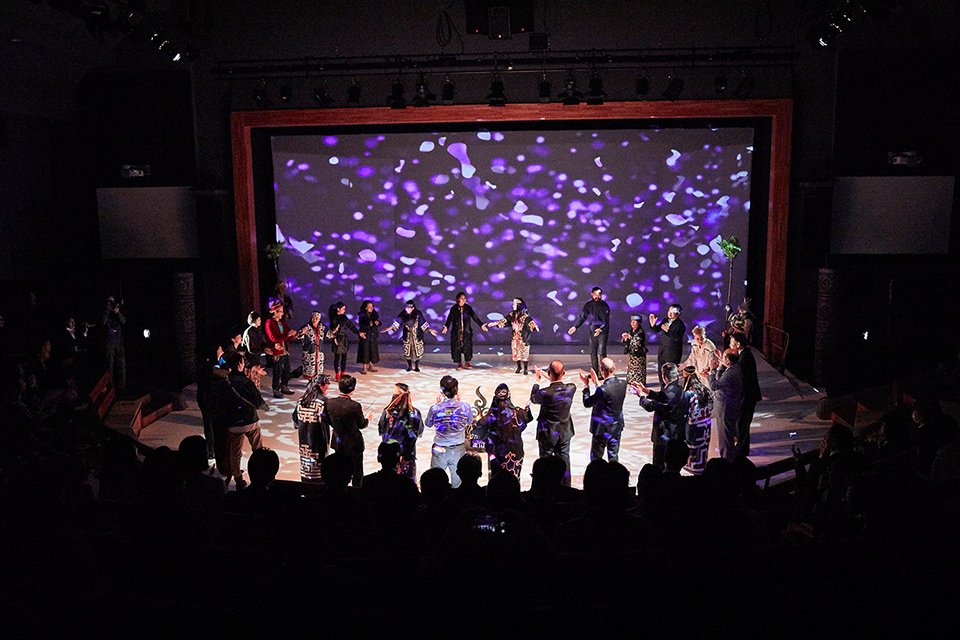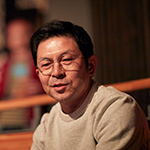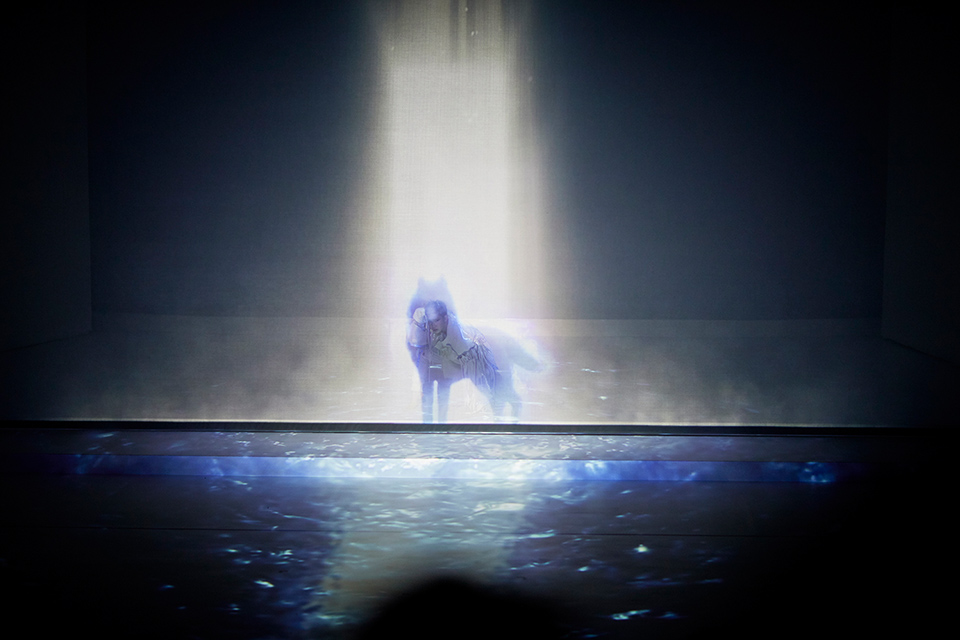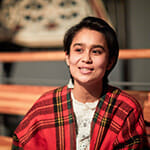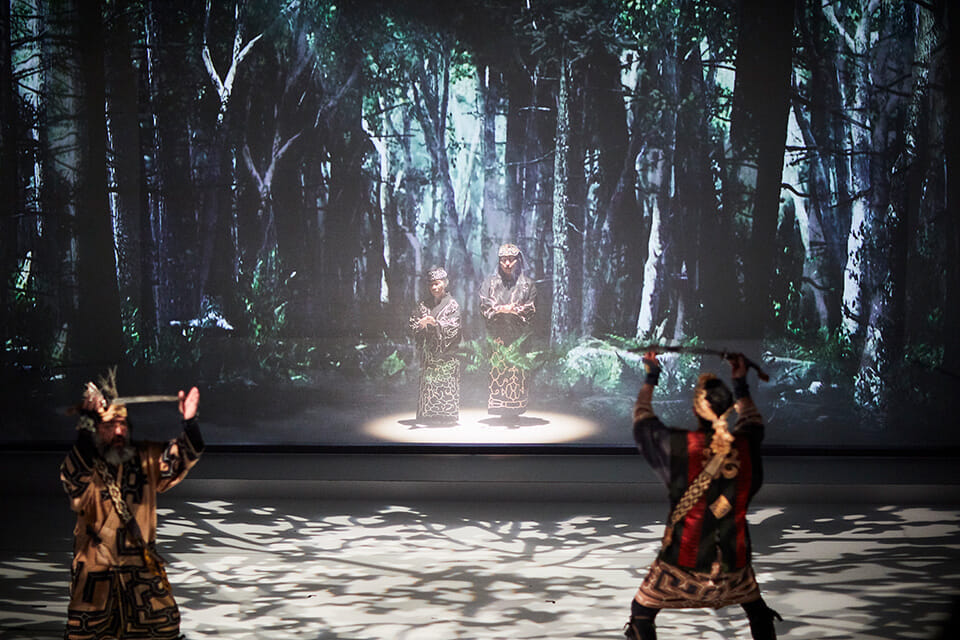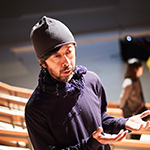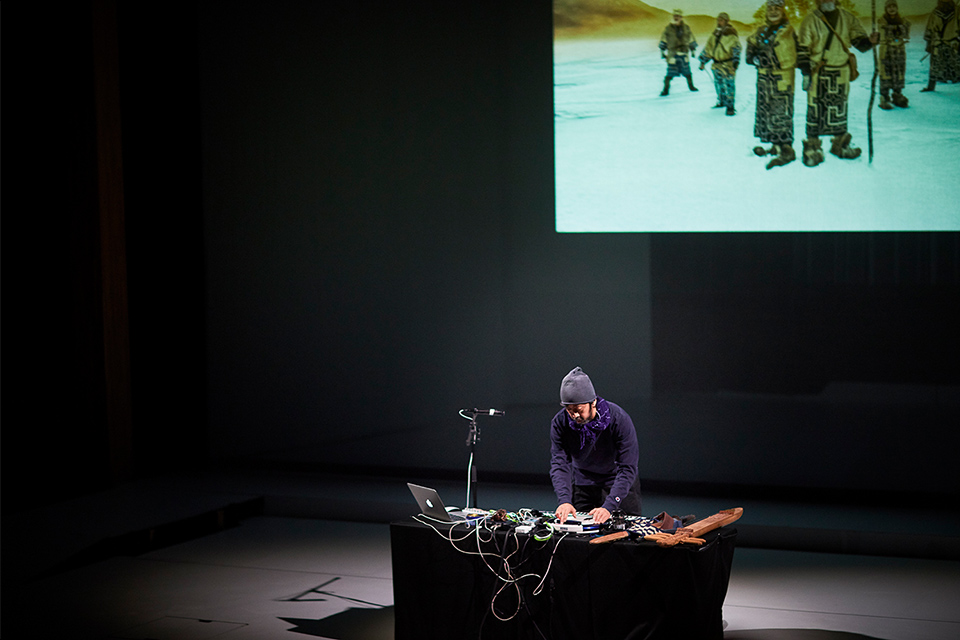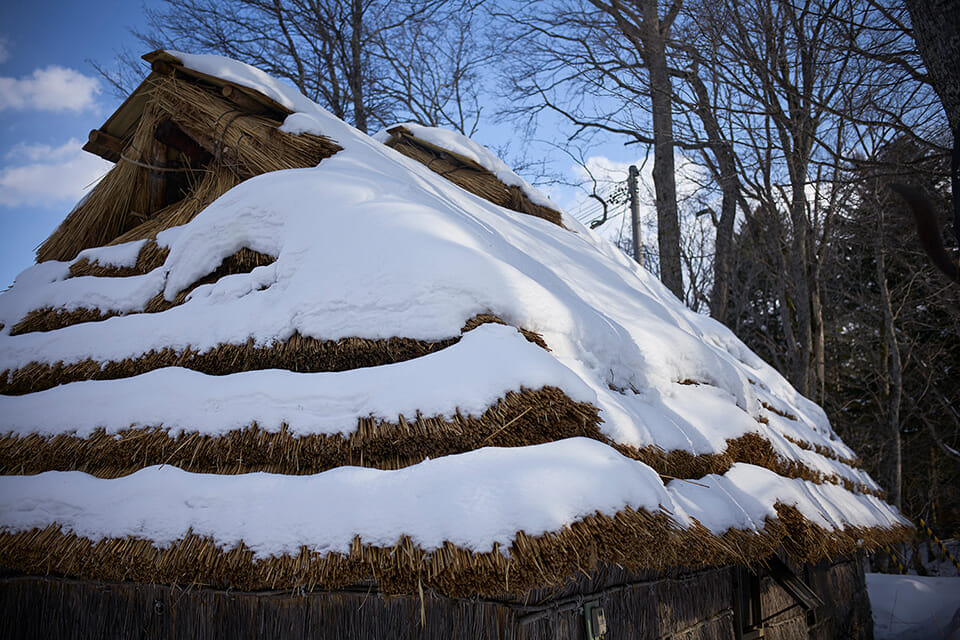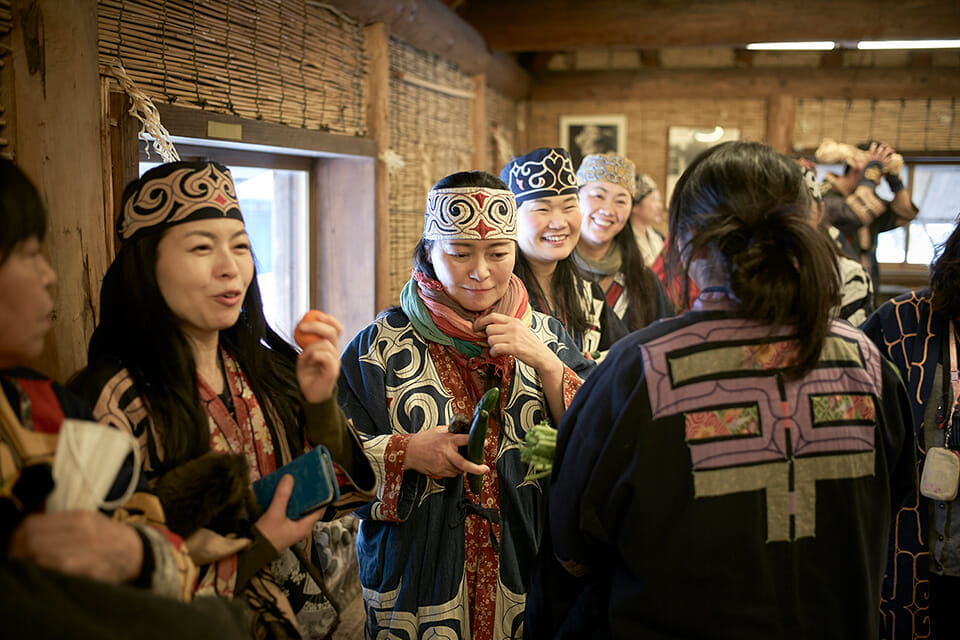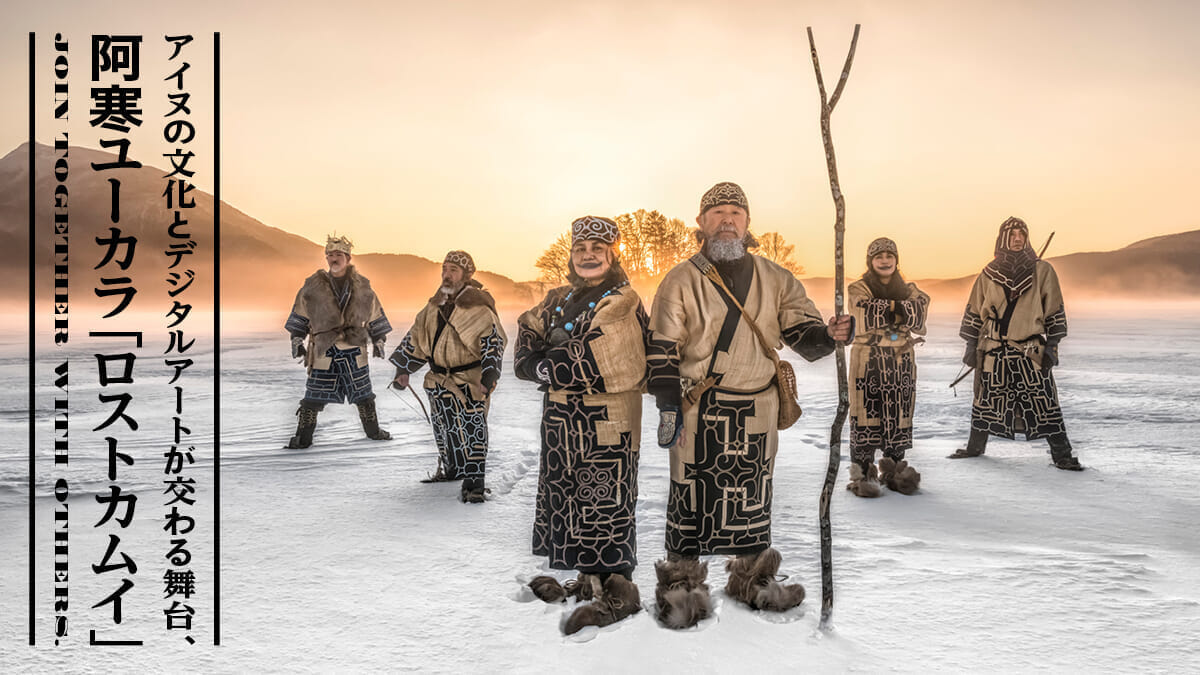
JOIN TOGETHER WITH OTHERS.
A stage where Ainu culture and digital art intersect,
Akan Yukara "Lost Kamuy".
They have their own language, bear and deer meat is served on their tables, and they believe that gods reside in all things.... The culture of the Ainu, the indigenous people of Japan, is probably unknown to many Japanese. However, in Hokkaido, the land of the Ainu, there are still many Ainu people living in Hokkaido, and they continue to pass on their culture. The Ainu people are once again in the limelight thanks to the success of the manga series, and a remarkable stage production has unexpectedly opened in the town of Akan, Hokkaido. It is called "Lost Kamuy. This work, centered on an ancient Ainu dance, is not merely a historical tradition, but has been sublimated into a cutting-edge entertainment by a leading contemporary creator. How did the Ainu people, who respect their traditions, and the creators, who are ahead of their time, come together to create "Lost Kamuy"? We will unravel the story of "Lost Kamuy" based on the stories of its production team.
- Photo_Ryoichi Kawajiri
- Text_Shohei Hatayama
- Edit_Keisuke Kimura


